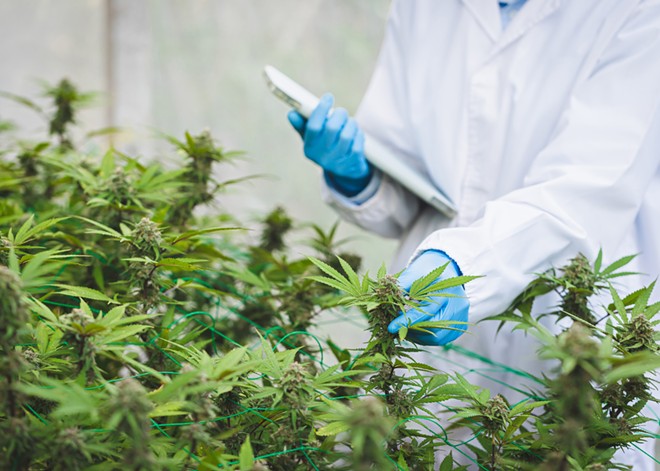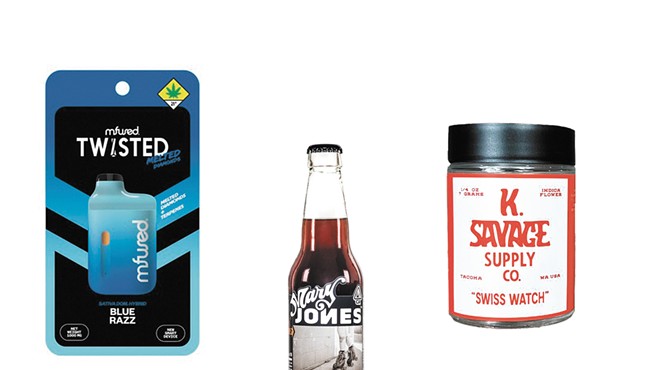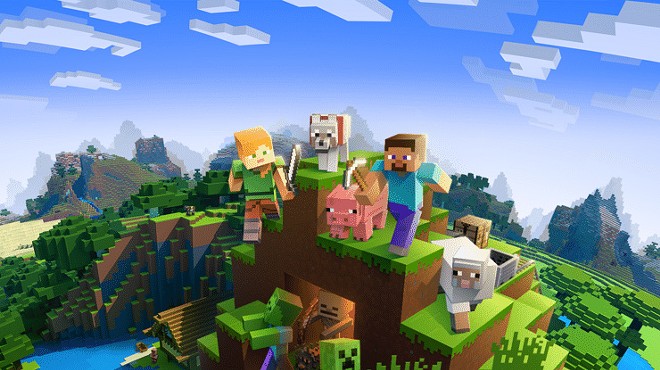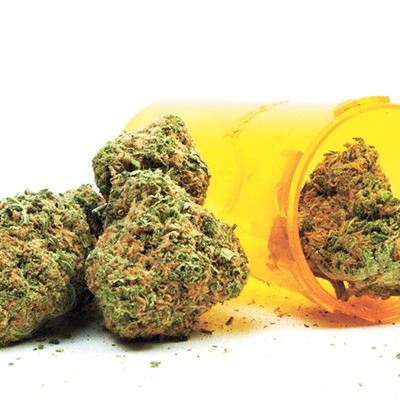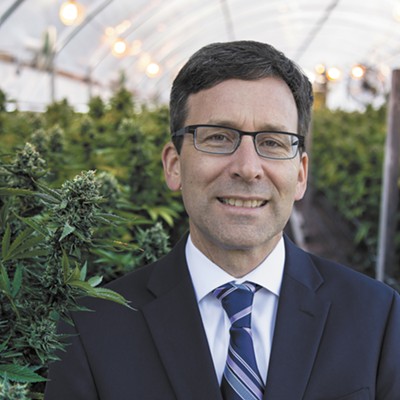Considering humans have been using cannabis for at least five millennia, we still don't know all that much about it. From a scientific perspective, at least.
The lack of knowledge surrounding the plant and its effects is troubling, especially considering the widespread use of cannabis and the continued expansion of legalization. The spread of legalization, both around the country and the world, has led to hopes that science's blind spot surrounding cannabis would steadily come into focus.
Humanity's understanding of cannabis has been held back not because we don't know how to study the plant, but because government regulations have made it almost impossible to do so.
Which is why hopes were high in December 2022 when President Joe Biden signed the Medical Marijuana and Cannabidiol Research Expansion Act. The possibility that cannabis research would become easier than ever led many to anticipate big changes, but have those come?
"Not one little teeny tiny bit, no," says Carrie Cuttler, a professor of psychology and a prolific cannabis researcher at Washington State University.
Cannabis may be legal in the state of Washington, but it remains illegal under federal law in the United States, which means researchers working at institutions receiving federal funding have to jump through the hoops and follow the regulations that the federal government requires.
Those hoops and regulations are difficult, time-consuming and often expensive to navigate.
Because of its classification as a Schedule I controlled substance, the most illegal of illegal drugs, researchers must get approval from the Drug Enforcement Administration in order to possess and use cannabis in research. They often must also receive a separate, special Food and Drug Administration approval, known as an "Investigational New Drug" approval, to research a drug that, like cannabis, the FDA has not yet approved for human use.
"It's Schedule I. It's as easy for me to get heroin as it is to get cannabis, which is crazy," Jon Davis, an assistant professor of neuroscience at WSU, told the Inlander in January. "It's a big hurdle to get over, and most researchers don't want to do that."
Clear all of those hurdles and you're good to go, right? Yes and no.
Yes, in the sense that researchers are then allowed to work with cannabis. No, because they're not able to work with the cannabis that anyone in the real world ever interacts with.
Predating Biden's reforms, the Trump administration's DEA announced an expansion in the amount of cannabis available to researchers. For decades, the only such cannabis was controlled by the National Institute on Drug Abuse (NIDA) and grown, of all places, at the University of Mississippi.
The announced expansion was to allow for more growers to produce cannabis that the federal government would approve for research. That has happened, though it hasn't had much practical impact.
"It's still really problematic though because some of those other producers are charging literally $20,000 for what would retail for under a hundred dollars," says Cuttler.
There are more sources now, but NIDA's cannabis is still the go-to for many researchers who are working on the taxpayer's dime. Another problem is that NIDA's cannabis is nothing like the cannabis on the market today.
If you want to know how cannabis use impacts users, you would want to study the kind of cannabis that users are consuming. Which, these days, is pretty high-potency.
"The highest, highest, highest potency flower that [NIDA] has is what we're using," says Cuttler. "It's 11.86% THC."
Your neighborhood dispensary will have some products around that 11.86% mark, but not many. Ask a budtender for "low-potency" cannabis, and you're more likely to be recommended a product closer to 20% than to 12%.
This creates a conundrum for researchers. They can use NIDA cannabis, but their findings might not mesh with what happens in the real world. Or they can work around the regulations to more accurately match cannabis consumption patterns, but then their findings lack the control of an ideal scientific study.
"We just recently did a study where we were looking at changes in cortisol to stress hormones when people use cannabis," Cuttler says. "There's been some previous studies done in the lab where they looked at cortisol, they administered cannabis to people in a lab environment, they measured cortisol again, and they found cortisol went up, stress hormone increased."
Cuttler's study looked at people who used cannabis — their own cannabis, not the NIDA-provided 11.86% stuff — in their own homes. She found that cortisol levels went down, contrary to the results of the laboratory studies.
"Why? Because the home is a much more relaxing environment," says Cuttler.
Ideally, researchers could study both in the lab and in the field to get a complete picture, to get a controlled and a real world set of results.
As current regulations stand, that's almost impossible to do. The cannabis available for controlled research is not representative of real world cannabis, and researching real world cannabis puts federal funding at risk.
"What I believe is that federal laws against cannabis are really only keeping it out of the hands of researchers. We have a product that is out there legal in 24 states for recreational purposes," says Cuttler. "[National cannabis sales] are now outselling Starbucks, and we can't do research or it's very difficult for us to do research. It's so difficult that a lot of people don't even try to go through the process. It's not worth the time and energy for them. They can do other things. It's easier to study methamphetamine, quite frankly."
Until those laws change, the researchers who do put in the time and energy to study cannabis will continue to be hamstrung by regulations.
Those regulations are a pain for the researchers, but the real impact comes in how they limit our understanding of how a plant can be legally consumed by anyone 21-and-over in nearly half of the United States.
"We don't know very much about cannabis, and we don't know nearly as much as we should for how long it's been around," says Cuttler. "And we have a hard time saying that cannabis is causing various outcomes."
Which is how you wind up with a lab study saying cannabis use increases stress hormones when the general consensus among users is that cannabis is a stress reliever — a result which was found when researchers like Cuttler took the time to jump through the federal government's hoops and study how people actually use cannabis. ♦

